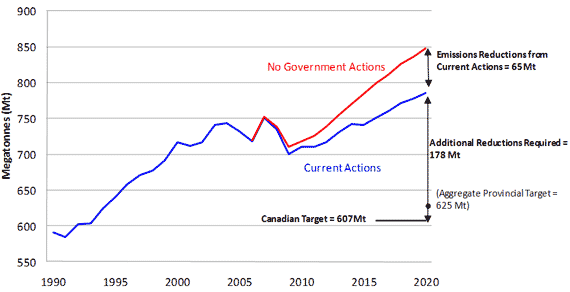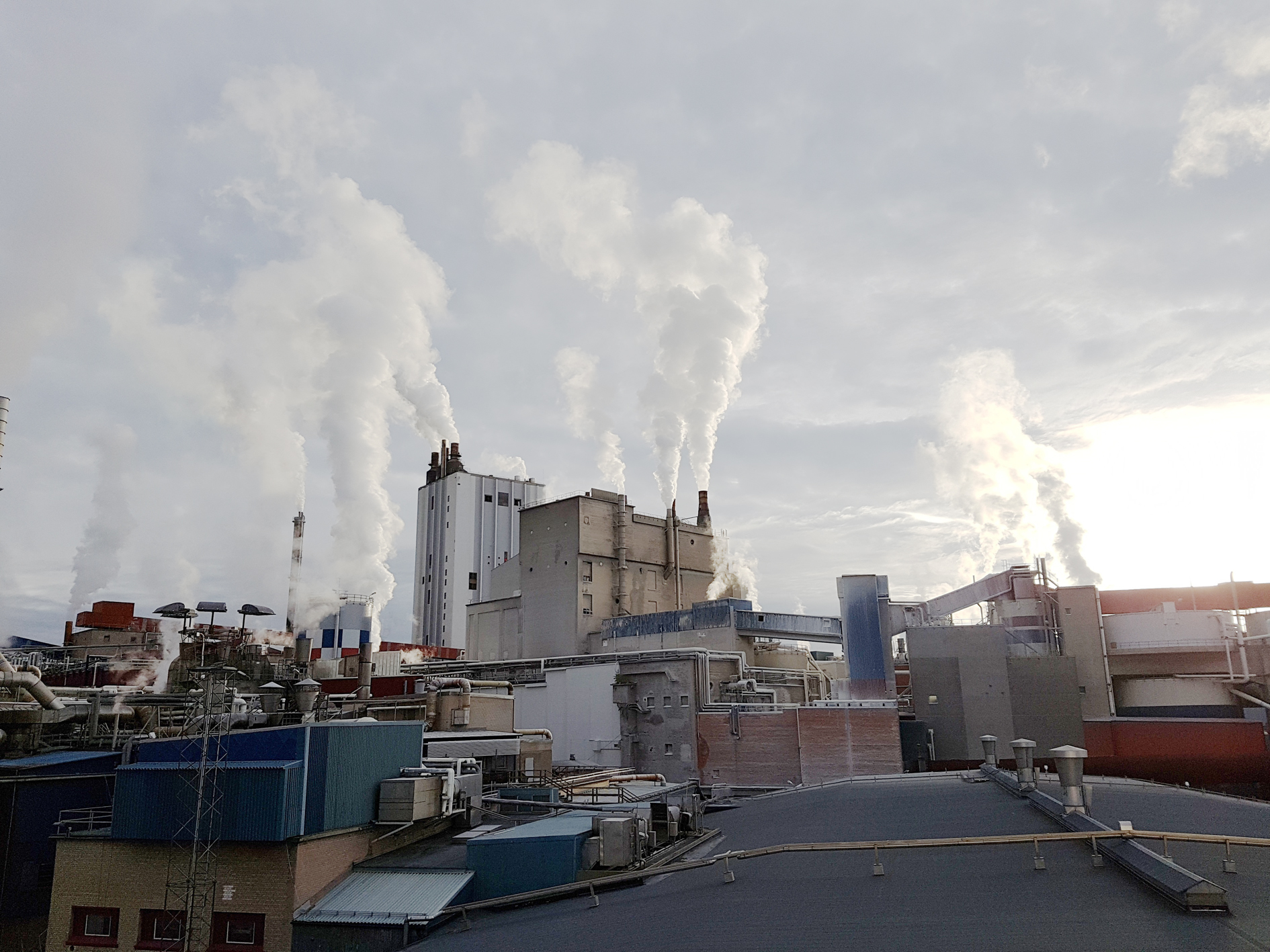
Issues in the News
Carbon dioxide and other atmospheric emissions are a global issue not a parochial one. What you produce and send into the air doesn’t hang around where they were emitted. So why is the world using a country-by-country approach to dealing with them?
Taiwan, China and China’s administrative districts of Hong Kong and Macau contribute a net balance of around 30 percent of global emissions, but they are also struggling to produce enough power to keep their economies going. Most of their power – 56 percent – comes from coal. Despite efforts to find and develop alternative sources of energy and reduce emissions, they are forced to continue to burn coal in the short term. This is evidenced by the hazy and eye-stinging atmosphere citizens deal with most days.
The emissions contributions of the EU (9.8 percent), Russia (4.7 percent) and the U.S. (15 percent) together account for about 28.5 percent. This, despite Herculean efforts to reduce their carbon footprints and their access to cleaner fuel.
Asia, on the other hand, is responsible for 53 percent of global emissions. Why isn’t the world collectively looking for ways to get LNG to them as soon as possible while everyone works on a longer-term strategy? LNG produces 40% less carbon than coal and 30% less than oil. It does not emit soot, dust or particles that cause lung and eye irritation. Such a strategy would reduce international emissions much sooner.

Canada produces only 1.6% of world carbon emissions but we continue to restrict the sale of clean fuel such as LNG to the world. Why? Even if Canada were to stop using all fossil fuels tomorrow, it would not make one iota of difference to the world. Exporting cleaner fuel, however, has the potential to improve the lives of millions!
There are many other areas that could be examined. It is estimated that militaries produce about 5.5 percent of global emissions in their training, flying, shipping and military exercises. Yet militaries are exempt from emissions targets. We don’t know exactly what the current wars are contributing, although estimates are staggering. It is also predicted that rebuilding, once the war ends, will add vast amounts of CO2 to the atmosphere (the production of cement is number three on the pollution list worldwide). Oh, and by the way, everyday shipping and aviation contribute another 3.2 percent.
If the world’s leaders believe that CO2 is destroying the climate, then first-world countries must surely be obligated to deal with the big picture and take a leadership role in helping fuel-deprived countries to wean off coal and other dirty energies.
Canada is a relatively clean energy country. We derive 60% of our electricity from hydro, 11% from petroleum and 14.6% from nuclear plants. We are spending billions of dollars trying to curb our emissions through half-hearted efforts. Instead, we should be making billions of dollars and helping save millions of lives around the world by supplying cleaner energy to energy deprived countries.
The world’s leaders should be funding research on reducing emissions from concrete production, finding safer ways to use nuclear energy and reduce nuclear waste, developing better ways to harness wind (manufacturing and maintaining the big windmills are heavy users of fossil fuels) and solar power, and so on.
There is, as so often has been said, no short-term answer to energy transition. Despite optimistic goals, that are continually being reset, it will take the better part of this century to seriously reduce fossil fuel use. Taking an alternative look at how to deal with the transition would be a better strategy than crying that the sky is falling while you hope to hold it up with your finger.
(This article was first published in the Hill Times.)
Photo caption:
Generic image of industrial factory.



